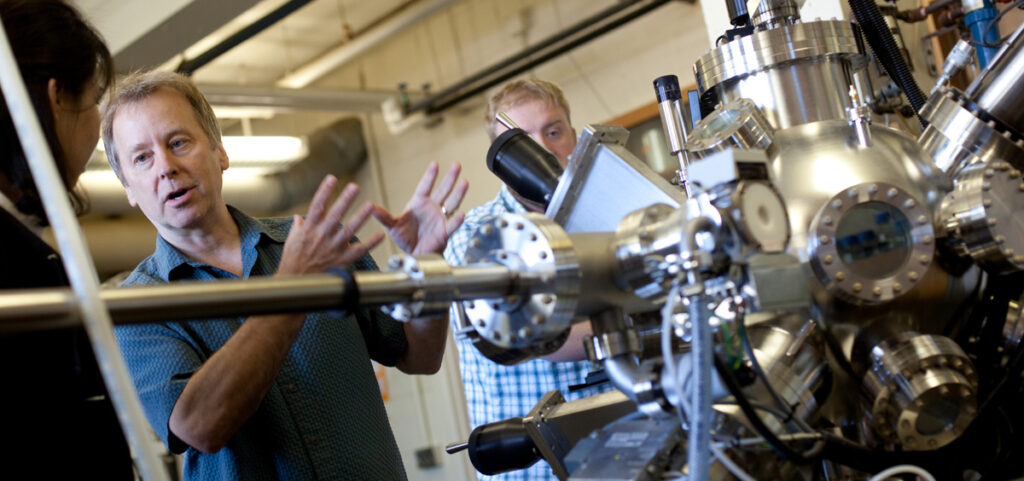The 2012 Pauling Symposium & Banquet will be held on Saturday, October 6, 2012 on the campus of The University of Washington. The 2012 Medalist is Professor Robert J. Cava, Russell Wellman Moore Professor of Chemistry at Princeton University.
There is no charge or need to RSVP for the symposium. Attached is a flyer which contains contact information for the banquet ($).
Link to the event website: http://depts.washington.edu/chem/newsevents/pauling2012.html
While I will be addressing Professor Cava on Friday evening, I am unable to attend the symposium and banquet on Saturday. Please reply (not to all) if you are interested in having me book a van and recruit a driver.
2012 Pauling Symposium and Banquet
The 47th Annual Pauling Medal Award
Saturday, October 6, 2012
University of Washington
Seattle, Washington
Symposium
1:00 pm to 5:00 pm
Mary Gates Hall 389, Auditorium
1:00 pm – Welcoming Remarks
1:15 pm – Ram Seshadri, Professor, Materials Department, Department of Chemistry and Biochemistry, University of California, Santa Barbara
“Solid state chemistry and reactivity of noble metal oxides: Pauling electronegativities and gold chemistry”
2:05 pm –Mas Subramanian, Milton Harris Professor of Material Science, Department of Chemistry, Oregon State University
“Beyond the Nature of the Chemical Bond: How close are we to ‘Functional Materials by Design’?”
2:50 pm – Break
3:20 pm – Susan Kauzlarich, Professor, Department of Chemistry, University of California, Davis
“Adding 3+ rare earths to transition metal Zintl phases and their resulting magnetic and thermoelectric properties”
4:05 pm – Introduction of Roberrt J. Cava
4:10 pm –Robert J. Cava, 2012 Pauling Award Winner, Russell Wellman Moore Professor of Chemistry, Princeton University
“A Molecule in a Metal – Dimer Formation in ThCr2Si2-type Pnictides”
Determining how crystal structure and chemical bonding influence the properties of solids is at the heart of collaborative research programs between solid state chemists and materials physicists. In some important electronic materials – the high temperature copper oxide superconductors and “colossal magnetoresistance” manganese oxides for example – stoichiometry, structure, bonding, and properties are coupled to yield an almost baffling complexity of chemistry-physics relationships, while in others, such as many classical intermetallic superconductors, bonding and structure play a much less profound role. In this talk I will describe some of our recent work on superconductor-related ThCr2Si2-type solid solution phases as examples of the kinds of insights that structural and chemical studies can contribute to understanding the electronic properties of materials.
5:00 pm – Final Remarks
Public Reception following the Symposium
Mary Gates 135, Commons
Banquet and Medal Presentation
Reservations/Tickets Required
6:30 pm to 9:30 pm
Kane Hall 225, Walker-Ames Room
Symposium Chair:
Professor Jim Mayer, University of Washington
For more information, contact:
Diana Knight
206-543-1611
